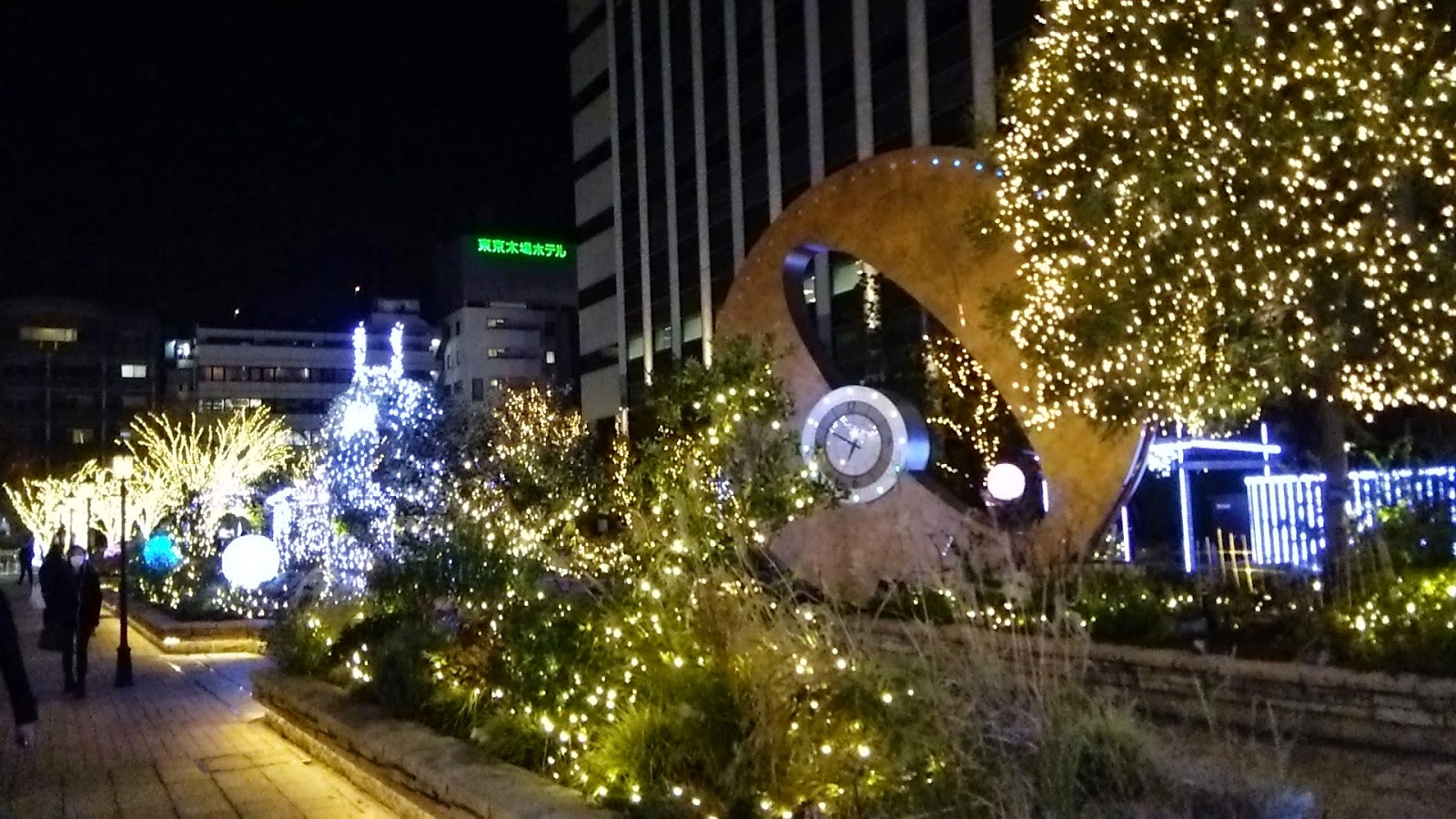Christmas holiday has passed quickly. New
year holiday, that is one of the most important events through the year for
Japanese. Unlike western people, Japanese put more importance on new-year event
rather than Christmas.
The first two photos are Kadomatsu, which is talisman against evil. Kadomatsu is usually set at gate of huge buildings or entrance of mansion. It is said that Kadomatsu protects houses or buildings from evils entering and welcomes only luck or happiness. Robust bamboos are set at center and pine leaves surround bamboo. Both bamboo and pine tree are assumed auspicious plants. Due to its strength, vitality and vigor power, bamboo is considered as the symbol of good fortune. For evergreen needle-leaved tree, pine is considered as the ever-lasting prosperity.
The orange at the center is the seasonal fruit. Orange color attaches the cheerful looks and attracts the audiences.
 |
| 1.Kadomatsu |
The orange at the center is the seasonal fruit. Orange color attaches the cheerful looks and attracts the audiences.
 |
| 2. A pair of Kadomatsu |
| 3. New-year decoration |
Not only Kadomatsu, but other figurine is
also decorated at entrance of buildings.
Third photo includes various figurines
representing the prosperity, wealth and
happiness.
This decoration is put at the entrance of
commercial facility. The combination of
red and white colors show the celebration
and happiness, bales of rice means bountiful harvests in coming new-year.
The fourth photo is small decoration put on
the entrance of common citizen’s houses. The straw rope is a miniature of a
sacred straw rope decorated at entrance of shrines, that protects house from
evils entering to house. Colorful strings put on straw ropes represent the
happiness and celebrations.
 |
| 4. Decorations for common houses |
Setting these auspicious decorations, Japanese ready to welcome luck and happiness of coming new-year 2015.
Are you interested in unique Japanese culture?
If so, please enjoy our free walking tours!
by A.C
Are you interested in unique Japanese culture?
If so, please enjoy our free walking tours!
by A.C














































